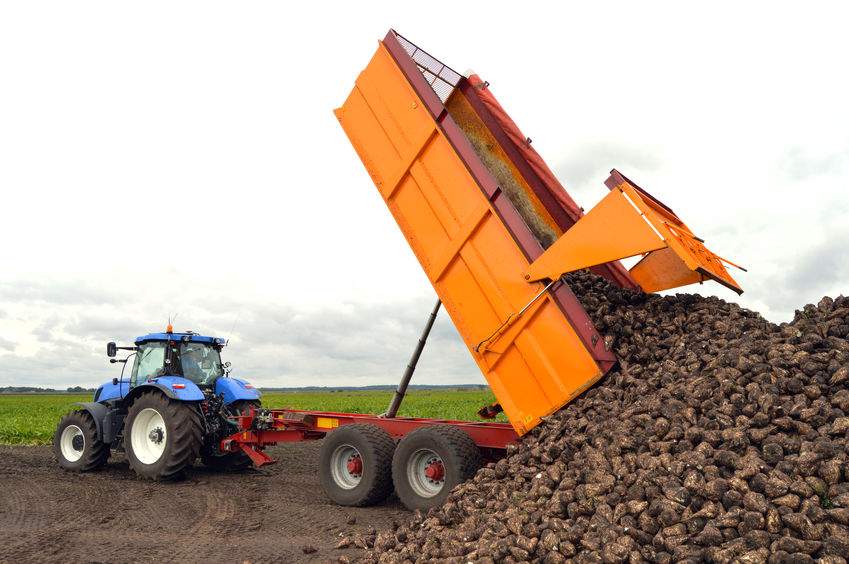
Seven new sugar beet varieties have been added to the 2020 Recommended List (RL) and sees the introduction of the first ALS herbicide tolerant variety.
The varieties are: Advena KWS and Smart Janninka KWS from KWS UK Ltd, BTS 4100 from Limagrain UK Ltd, Vixen, Conger, Puffin and Lightning from SESVanderHave UK Ltd.
The British Beet Research Organisation (BBRO) said the new varieties reflect an improvement in yield and other key characteristics, such as early-sown bolting.
Last year was seen as a difficult growing season for the commercial crop and trials alike.
Adverse weather delayed drilling and was followed by a prolonged drought, and a late burst of nitrogen when the drought finally broke in the autumn.
However, Mike May, Chairman of the RL Board at BRRO, said: “Despite this, the control varieties in the trials still managed to achieve a mean yield of 112 adjusted tonnes per hectare with new varieties offering up to a 4.0% yield increase above that, highlighting the resilience of the crop in such conditions.”
Breeders have put increased effort into producing low bolting varieties specifically for UK conditions.
Six of the new varieties did not bolt in any of the RL normal sown trials in the three years of testing.
These were Advena KWS, BTS4100, Vixen, Conger, Puffin and Smart Janninka KWS, although the latter did so when sown early and is not recommended for sowing before the 15th March.
Mr May added: “Before ordering BCN, AYPR partially resistant or ALS tolerant varieties, growers should discuss options with Contract Managers, agronomists or breeders who will have more information on their varieties performance and use in the presence of the specific problem.”
In the 2020 RL table the average plant population harvested was 106,000/ha and average sugar content 17.9%.
The numbers of early-sown bolters are from trials sown in late February and up to the first five days of March
Growers have been told to use these latter figures for guidance if sowing early, or if very cold or other stressful conditions are expected.
